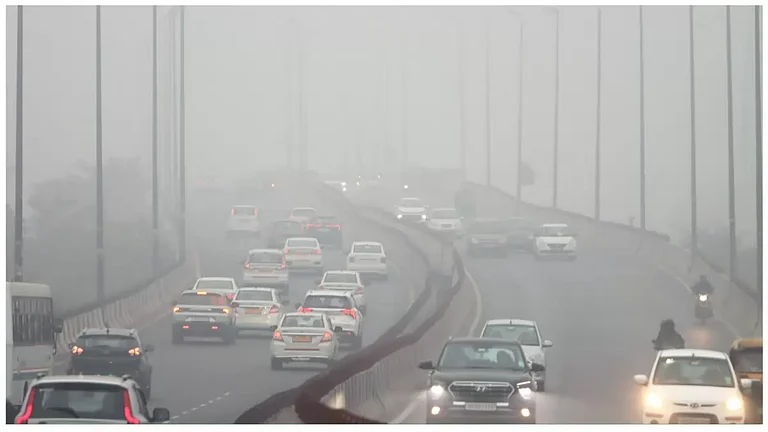Anti-trafficking laws that India has – ITPA and IPC sections 370, are limited in their scope of providing a robust victim support system. Additionally, responses to rehabilitation of trafficked persons follows a linear process beginning with rescue and finishing at aftercare or reintegration services using an individual case management approach. The Trafficking in Persons (Prevention, Care and Rehabilitation) Bill 2021 defines rehabilitation, and recognizes that a survivor’s right to rehabilitation cannot be dependent on criminal proceedings.
The current definition of the Bill reads – “rehabilitation” shall include all processes of restoring the physical, psychological and social well-being of a victim, including protection, access to education, skill development, healthcare, psychological and physiological support, medical services, economic empowerment, legal aid and assistance, safe and secure accommodation. However, it stays largely restricted to shelter home based rehabilitation and doesn’t speak on community-based rehabilitation models.
The definition being open to interpretation allows a person who has been rescued or has emerged from the trafficked situation to be put in a shelter home without any definitive duration of stay and makes the process of rehabilitation a process of service delivery. This approach to rehabilitation renders survivors as passive recipients of services – it does not restore their sense of agency over their own lives and in recovering from the impacts of the poly-victimisation caused by trafficking.
This definition of rehabilitation hinges on the notion of “restoring the physical, psychological and social well-being of a victim”. This idea of restoring assumes that the victim was in an optimal condition of wellbeing prior to their trafficking. However, demographic profiles of trafficking survivors display that victim of trafficking from marginalized communities face different kinds of violence, which exacerbates their vulnerability to trafficking. This notion of restoring neglects the impact of trafficking and exploitation on a survivors’ identity and sense of self. Trauma reported by survivors are not only the experiences that occur during exploitation by traffickers, but also by the composite effect of deprivations and causal factors that lead to entrapment of victims, as well as the treatment and neglect by the criminal justice system and social welfare agencies that take place even after the survivors have been ‘rescued’ from the control of traffickers. None of these impacts can be undone by any method – experiences cannot be erased from the memory of the survivors.
Therefore the aim of rehabilitation cannot be to “restore” - it needs to go beyond that. The aim of rehabilitation must be to empower survivors to reclaim their agency, to build resilience, and to claim their space in the community of choice as citizens of India. The process of rehabilitation must be a rights based, trauma informed one, and interdisciplinary in nature. While shelter homes are critical for providing survivors with immediate care and protection, longer term rehabilitation requires the process to take place within a community setting. It must, at the minimum, ensure survivors’ right to –
- Fair and just compensation to make the VC provision mentioned in section 22 subsection 4 as a part of rehabilitation
- Need based livelihood and financial inclusion as current research shows skill development don't often lead to livelihoods and income security.
- "holistic" healthcare: getting them tested clinically for PTSD or trauma, the counselling services provider are poor, and not focused on trauma management.
- Physical and psychological recovery from trauma: State governments make appropriate provisions to build access to services for survivors in Govt hospitals.
- Right to exit rehabilitation shelter homes: Challenge forced detention of survivors in shelter homes where abuse and exploitation and adult survivors’ inaccessibility to legal aid has been well documented across India.
Community Based Rehabilitation has already proved successful in several cases across the world. In India, the CBR approach has been used in several fields and already enjoys legal sanction. In 2019, a study on community-based rehabilitation interventions[1] run by NGOs across 10 states of India for survivors of human trafficking and survivors of sexual and domestic violence found that –
1. CBR is cost efficient, effective and decentralised (therefore stable), and hence it is impactful.
2. When survivors benefit from continued support in reintegration, their trust towards the criminal justice system increases and they cooperate with the prosecution and law enforcement to arrest and prosecute traffickers.
3. CBR helps in psychological recovery of survivors, from PTSD, depression and anxiety much more effectively than counselling services in shelter homes.
4. A CBR approach advocates for quick and efficient justice for survivors whereby traffickers, agents of traffickers and those who benefit from child and adult prostitution can be brought swiftly to justice.
To ensure survivors’ right to being rehabilitated is fulfilled, the Trafficking in Persons (Prevention, Care and Rehabilitation) Bill 2021 must bring Community based rehabilitation within its ambit and redefine rehabilitation accordingly. It must specify clear provisions for modalities of rehabilitation for survivors along with provisions for CBR.
Last but not the least, survivors should be able to speak up about their own rehabilitation procedures. In this study, we heard the voices of survivors. It is clear that they want CBR programmes instead of shelter homes.






















